I mean really easy canoeing routes for first-time paddlers in Sydney. No, I don’t mean Sydney Harbour or the open sea for sure. I don’t mean rough water, big waves and powerful currents, nor frequent boat traffic. When we started canoeing in Sydney, I was looking for very easy paddling routes where one can safely experiment. I’m sharing my favorites with you in this article.
If you’re a beginner, or you simply want a canoe route where you can casually paddle without much effort, you’ll love these places.
The best easy Sydney paddling routes on a map
First of all, here are all the routes mentioned in this article, marked with different colors so that you can easily match them with my descriptions.
Read on to learn more about each.
The best places for canoeing in Sydney for beginners
After we moved to Sydney and bought our first canoe, I busily researched where to go first to try it. If you’ve ever taken a closer look at the waves in Sydney Harbour, you understand that I didn’t even consider that. Sydney Harbour is sheltered if you compare it to the open sea, and it’s surely sheltered enough for ferries and yachts (on most days), but not enough for canoes. Yes, I did see people kayaking and canoeing on Sydney Harbour – and I also saw plenty of them tipping over. I didn’t want that to be our first canoeing experience in Sydney with our 4-year-old son.
I didn’t want to get wet either, and you don’t even need to tip over for that on a windy day in Sydney Harbour. (Wind matters A LOT, anyway, when you go paddling, but more on that later.) What I was looking for was sheltered, calmer water where I can feel safe and enjoy paddling rather than fight with the force of the ocean (it’s quite obvious who’d win). My arms were not that strong, anyway. (They’re still not strong enough.)
I was a beginner, looking for an enjoyable first experience. Here are the places where I found it:
From Bobbin Head in Ku-ring-gai Chase National Park
Bobbin Head is one of the very best places to go paddling in Sydney for beginners. It’s in Ku-ring-gai Chase National Park and is a beloved outdoor destination for local families. There’s a large waterfront picnic ground, a huge (and fenced) playground, several bushwalks, boat rentals and a convenient canoe launch area. And several great, short and easy canoe routes to explore!
All three routes I’m sharing are out-and-back routes, so you’ll paddle in both directions.
Cockle Creek paddle from the Bobbin Head Canoe Launch (purple route)
This is the easiest canoeing route from Bobbin Head, but there’s one trick: don’t paddle at low tide. Because there won’t be enough water to paddle, and you’ll get stuck in the mud.
The initial route is 1.81 km one-way, and there’s an additional 494 meters to add, if you paddle into a narrow branch of Cockle Creek. The water is sheltered and calm, great for beginners and kids, and powered boats are not allowed on Cockle Creek. You’ll be surrounded by eucalyptus forests and pass along large, orange-yellow cliffs. The landscape feels wild and untouched, yet it’s very easily accessible, and it’s a very short paddling route. It’s the best introduction to canoeing in Sydney in my opinion.
If you arrive at low tide, start in the other direction, exploring Cowan Creek first.
Cowan Creek paddle (route 1) from the Bobbin Head Canoe Launch (red route)
It’s another easy canoe route. You start in the other direction from the canoe launch, paddle under the bridge, then turn right, pass the Empire Marina and paddle as far as you like (or as you can, because the water gets too shallow after a while).
How far you can paddle depends on the tide, and this route has very shallow areas where there won’t be enough water to paddle at low tide. You can navigate between the sandy banks and islands if you’re up to it though. As the tide rises, the water level becomes quite convenient, yet the water remains relatively sheltered and calm. It’s less sheltered than Cockle Creek, but more sheltered than Apple Tree Bay (the blue route on our map).
When we tracked our route, we paddle about 4.74 km one-way. We turned back, because as Cowan Creek narrowed the water got too shallow. We like this route very much. We enjoy the calm, peaceful water, the lush greenery, and we usually see lots of birds, mainly herons and cormorants.
Cowan Creek paddle (route 2) from the Bobbin Head Canoe Launch (blue route)
This is the most challenging paddling direction to choose from the Bobbin Head canoe launch. As you head towards Apple Tree Bay, you’ll notice how the creek gets wider and the currents stronger. Out of the three routes from Bobbin Head it’s here that you’ll experience what it means to paddle on a tidal river.
The level of tidal rivers rise and fall twice a day, and they flow in both directions based on tides. (Read more on tidal rivers later in this article.) While you might notice this on the first two routes I mentioned, we didn’t find it too hard to paddle against the flow there. It’s a bit different in this direction.
You’ll feel the strength of the flow, and windy conditions can make this route much harder. While you can choose to paddle against the tide (we did), if you want an easy paddle, go with the flow. Check the tide times and plan accordingly. But even if you can’t fully optimize the time, you will be able to paddle against the flow for a while, it’s just more tiring. The water can be rougher if it’s windy, so you want to choose a calm day.
The furthest we paddled was 5.31 km, then we turned back. But you can go as far as you like, or turn back exactly as the tide changes (it might not be realistic on just any day though).
From Cottonwood Glen picnic area in Lane Cove National Park
Paddling on Lane Cove River in Lane Cove National Park is a delightful experience. It’s an easy route, and one that’s close to the center of Sydney, too. Tides or currents are not a problem here, the water is calm, and the surrounding forest gives shelter even on a windy day. You can spot water dragons basking in the sun, and cheeky kookaburras will hunt for your sandwich.
Our favorite starting point is the Cottonwood Glen picnic area. It’s part of Lane Cove National Park, and you need to pay entrance fee (or buy an NSW parks annual pass). It has a large parking area, nice picnic tables and toilets and a basic canoe launch area. It’s a convenient launch point, and you can choose to paddle northwards or southwards.
We explored the northward route up until the bridge, which is about 3.27 km one-way. The southward direction seemed to be just as pleasant, but we didn’t have the time to try it, and we haven’t returned to the Lane Cove River with our canoe ever since. Sigh. Smile. There’s a lot to do outdoors in Sydney all year.
From Davidson Park in Garigal National Park
When it comes to Sydney Harbour, the most sheltered waterway is probably Middle Harbour. And our favorite canoe launch spot there is Davidson Park. There are actually two nice launching areas, one on either side of the bridge.
Obviously, these waterways are affected by the tides, but generally, they’re still quite safe. You’ll be able to paddle against the tide, but it requires effort. It’s best to plan a route which doesn’t go against the tide, but since both paddling routes are out-and-back, you can decide if you want to wait or work hard as you turn back.
Middle Harbour Creek paddle (blue route)
taking a break on a sandpit at low tide
Middle Harbour Creek is a tidal river, but it’s getting narrower and calmer as you paddle north. It’s the easier of the two routes from Davidson Park, and you can choose your canoe launch point.
If you start from the canoe launch at the boat ramp area, it takes about 4.39 km one-way to paddle up on Middle Harbour Creek. We turned back when the water was too shallow to paddle further (at Rocky Creek).
But if you launch your canoe from the sandy beach (marked as “Davidson Park canoe launch 2.” on our map), the route is shorter, and you can choose to explore both directions separately. This beach area is not an official canoe launch, but it’s ideal, and it’s close enough to the parking lot, towards the end of the road in the northern area of Davidson Park (just before Lyrebird Track starts). There are picnic benches and a huge grassy parkland on the riverbank here, and it’s a quiet park that we’ve never seen crowded.
It might be possible to paddle on Carroll Creek for a little while, if you’d like to lengthen your route, but not at low tide.
Bantry Bay paddle (green route)
We found this route a bit challenging, because it was a windy day, and we haven’t checked the tide conditions before. (We are strong, right? Apparently, not strong enough.) But it can be a pleasant, easy route with some planning – and in calmer conditions.
You start from the canoe launch at the boat ramp area (or at the sandy beach if you want to make it longer), and head out towards the ocean. You won’t get anywhere near the open sea, only to Bantry Bay, one of the narrowest “fingers” of the well-indented Sydney Harbour.
But the water surface in Bantry Bay is large enough so that wind can make larger waves, and the flow caused by the changing tide is stronger than on Middle Harbour Creek. It’s possible to paddle against it, but it’s hard work (we’re telling that from experience).
We paddled 3.98 km, all the way to the northern end of Bantry Bay. The mangrove forest there is quite spectacular. You can get down there on the Bluff Track, as well, through the Bluff Lookout. The Bantry Bay picnic area is a lovely place to rest, and it has a small pier, too.
We passed Flat Rock Beach on the way, and we stopped there on our way back. It’s a shallow, protected beach, though the sand completely disappears at high tide.
From Berowra Waters in Berowra Valley National Park
The Berowra Waters Marina gives access to another great, sheltered waterway, Berowra Creek. There’s a small boat ramp where you can launch the canoe, and parking is very close (and it’s free).
Then you’re in Dusthole Bay, and you can choose to paddle south or north. Keep the tides in mind, as the flow can be quite strong here, especially in the northwards direction as Berowra Creek widens.
Southward route (Berowra Creek paddle 1, brown)
Paddling southwards is the easier route of the two, because the creek is narrower and more sheltered as it flows south. You can see our sample route on the map (4.91 km one-way), and the reason it doesn’t continue all the way to Crosslands Reserve is low tide. The water is too shallow for paddling after a while.
If you paddle at high tide, you can get to Crosslands Reserve, just make sure you won’t get stuck in the mud as the tide is falling. Or you can have a second car at Crosslands Reserve to make it a one-way paddle. (This is not an option for us.)
This side of Berowra Creek is quiet, and you can observe lots of birds if you don’t disturb that quietness.
Northward route (Berowra Creek paddle 2, red)
Your other option from the Dusthole Bay boat ramp is heading north, towards the Twin Beaches campground and the Hawkesbury River. The campground is a 20 km return round-trip, so it’s an overnight canoe trip – we haven’t paddled as far yet. But you can go as far as you want in this direction, it’s open water, surrounded by the lush green hills.
Plan to paddle with the tide, otherwise your progress will be slow and will burn a lot of energy.
The two most important things to know before you go canoeing in Sydney
Understand tidal rivers
The flow of the river
Here’s the thing: I was used to rivers running in one direction. On those rivers you’d simply paddle in the direction of the current. But coastal rivers – ones that connect to bays or the ocean – can flow in both directions based on tides, and their water levels rise and fall twice each day. And the closer you get to the ocean, the more the flow of the river is affected by the tides.
To make things easier for yourself, you want to paddle in the same direction the river is flowing – which is not at all obvious and requires some research when you plan to paddle on a tidal river. It’s possible to paddle against the tide, but it might be hard work for a little reward. Or it might be okay on certain rivers.
As the tide is falling, the water is moving back out to sea. In a river (or bay), it doesn’t only mean lower water levels, but also that the river is flowing out to sea. At low tide the water flow reverses. As the tide is rising, the water in the river is flowing towards the mainland. At high tide the flow of the water reverses again.
another reality of tidal rivers: sometimes thousands of jellyfish can be washed up
Tidal currents
Easy? That’s not all. The type and speed of the tidal currents are just as important. While you can check the tide times for a certain location, tidal currents can’t be predicted if you’re unfamiliar with the river. How far up a river will the tides have an effect? It depends on geology and can be different for each river. If the land is well-indented and there are lots of bays and channels connecting to each other, it can get more complicated.
There are some general rules, like when currents typically reach maximum speeds (about halfway between low tide and high tide), but it heavily depends on that particular river. It’s best to ask someone who’s familiar with the river.
Water levels
Finally, the obvious: low tide means lower water levels. In some rivers this might mean that there won’t be enough water to paddle at low tide. It’s very typical on these beginner routes on the narrower sections of the creeks, and it’s not a problem if you arrive at these sections at low tide. However, if you paddle far into a shallow waterway at high tide, you might get stuck in the mud as the tide is falling.
Consider the wind
If you checked the tides and asked about the tidal currents, there’s one more thing to check: the wind. Wind conditions can be very different on the spot than back at home, and they can also be different on the launching spot and in the middle of the river.
Tidal rivers tend to be quite exposed, so strong wind can make your trip unenjoyable, or even worthless. And there’s one more special thing to consider when canoeing on tidal rivers: the combined effect of the tide and the wind. If they are in the same direction, conditions are relatively calm. But if they’re opposed, paddling can become hard work on the choppy water.
Just do it
With all that said, there are few days when conditions are perfect, and there are quite a lot of days when conditions are reasonable, and the effort is worth it. I had countless delightful canoeing trips on these routes, including those when I had to paddle against the tide or the wind. They’re short, so even if it’s harder to paddle, they won’t tire you out that much.
They’re not the only safe and easy canoeing routes in Sydney, but they’re the ones I know and have tried, so I can recommend them for beginners with confidence. Do you know more? Tell me about them in the comments.


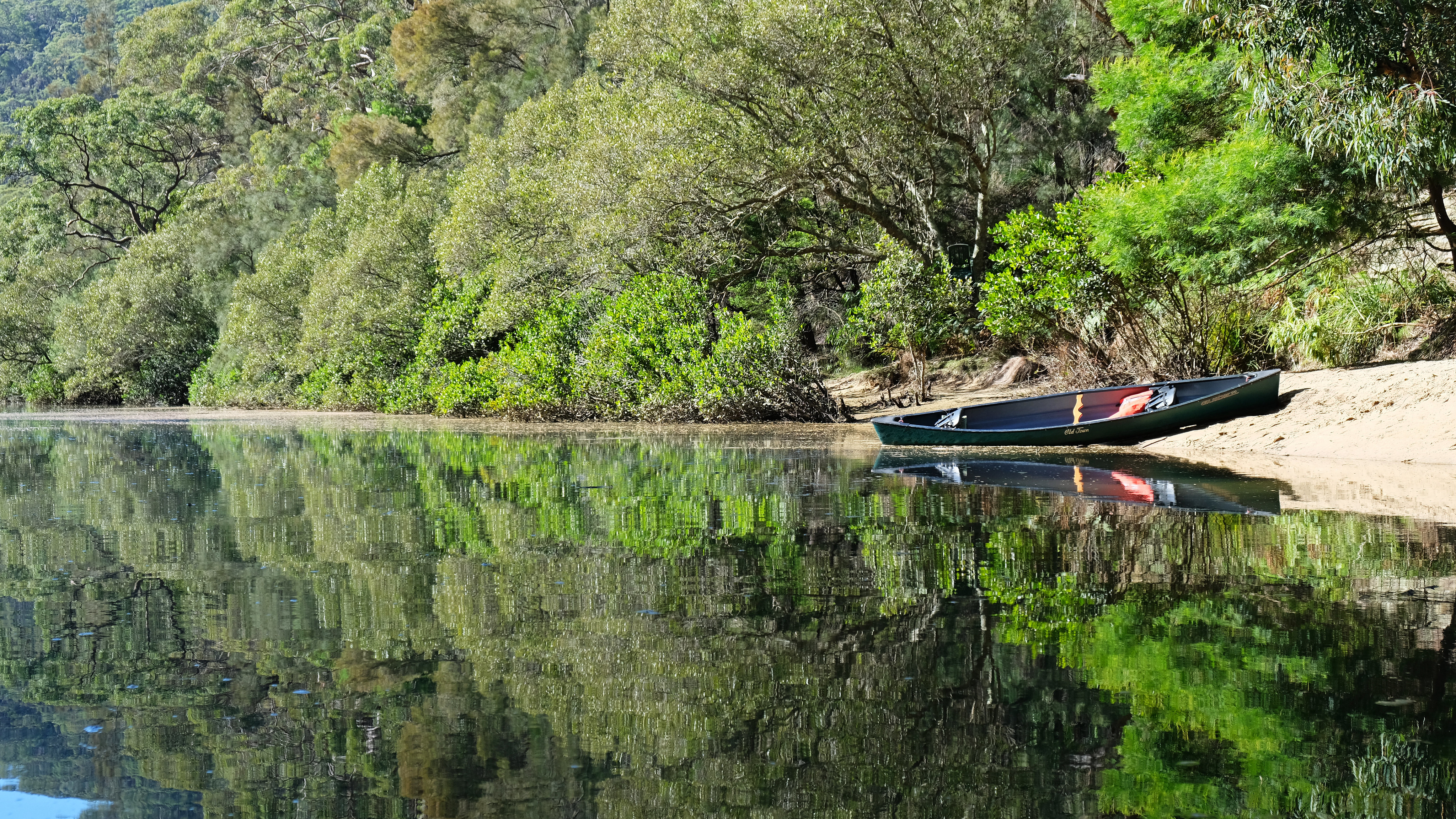



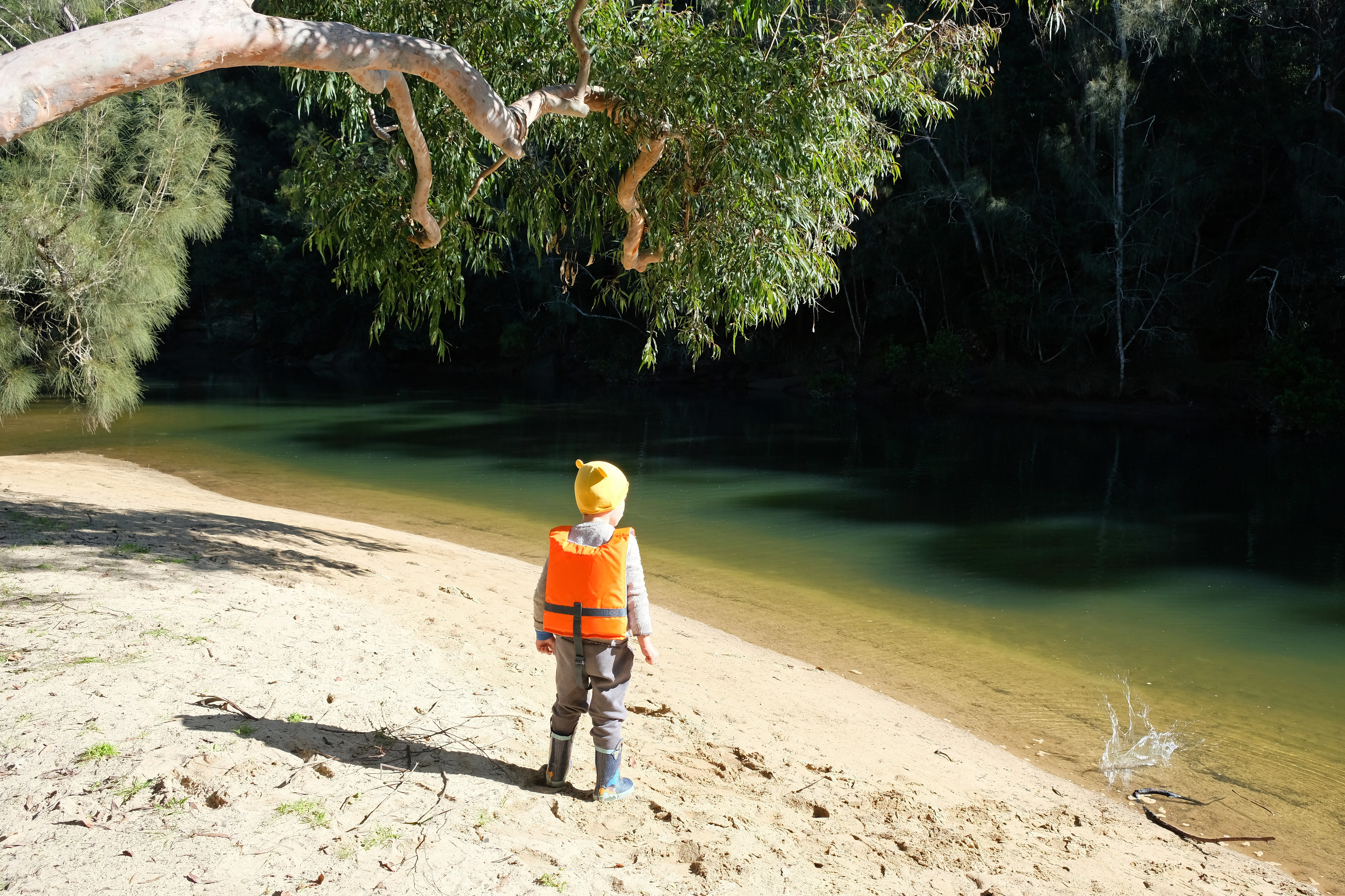



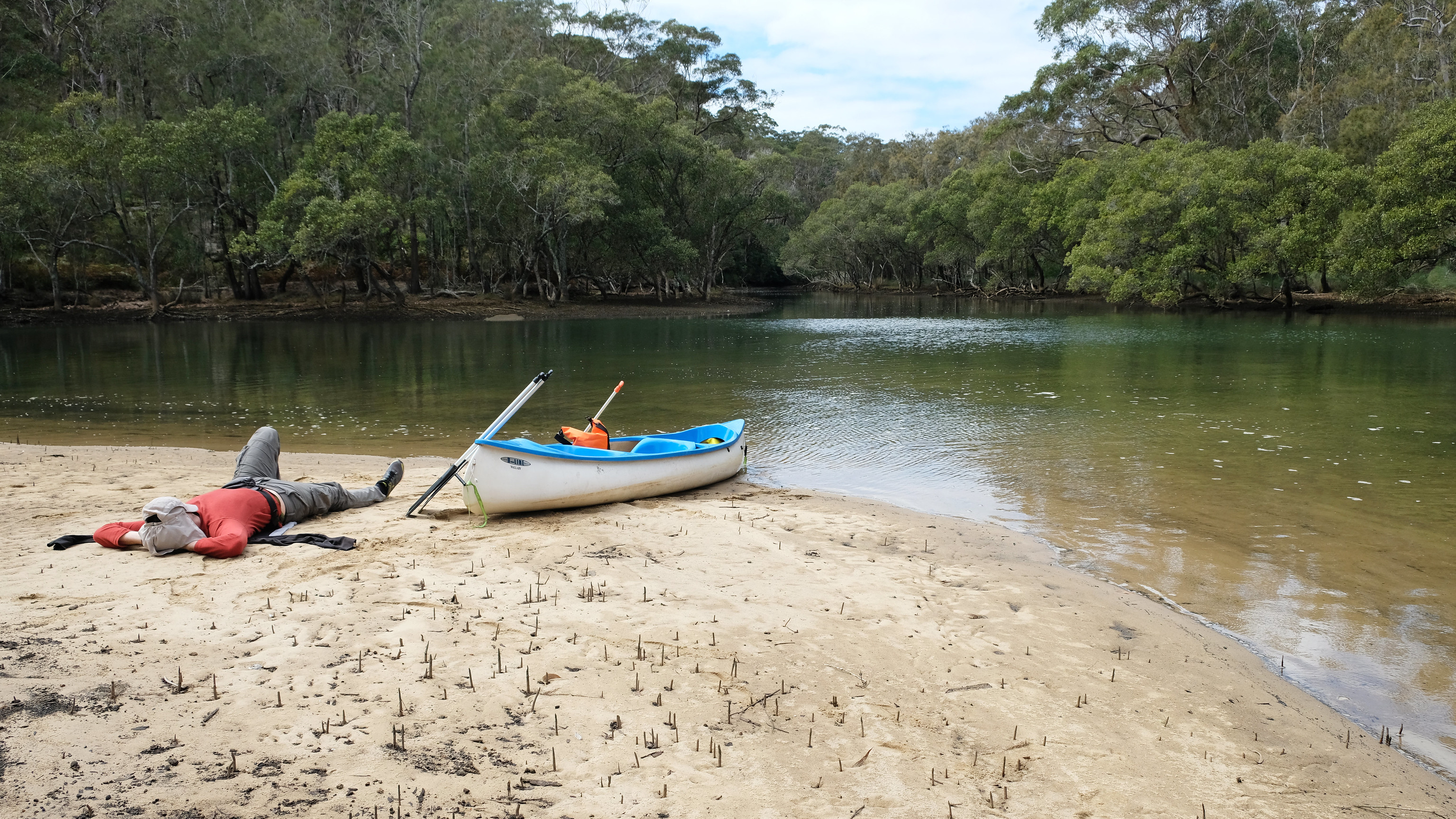



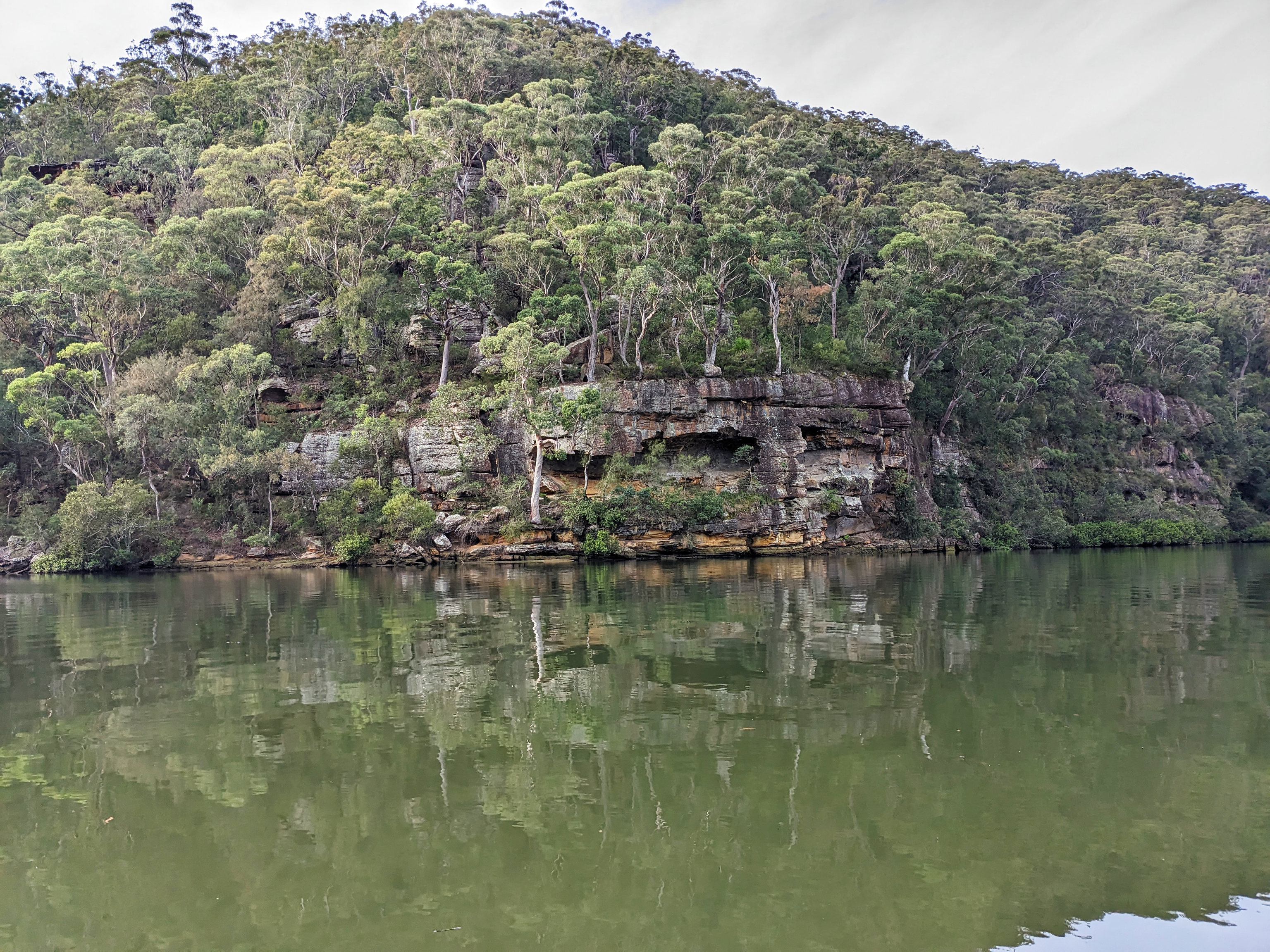


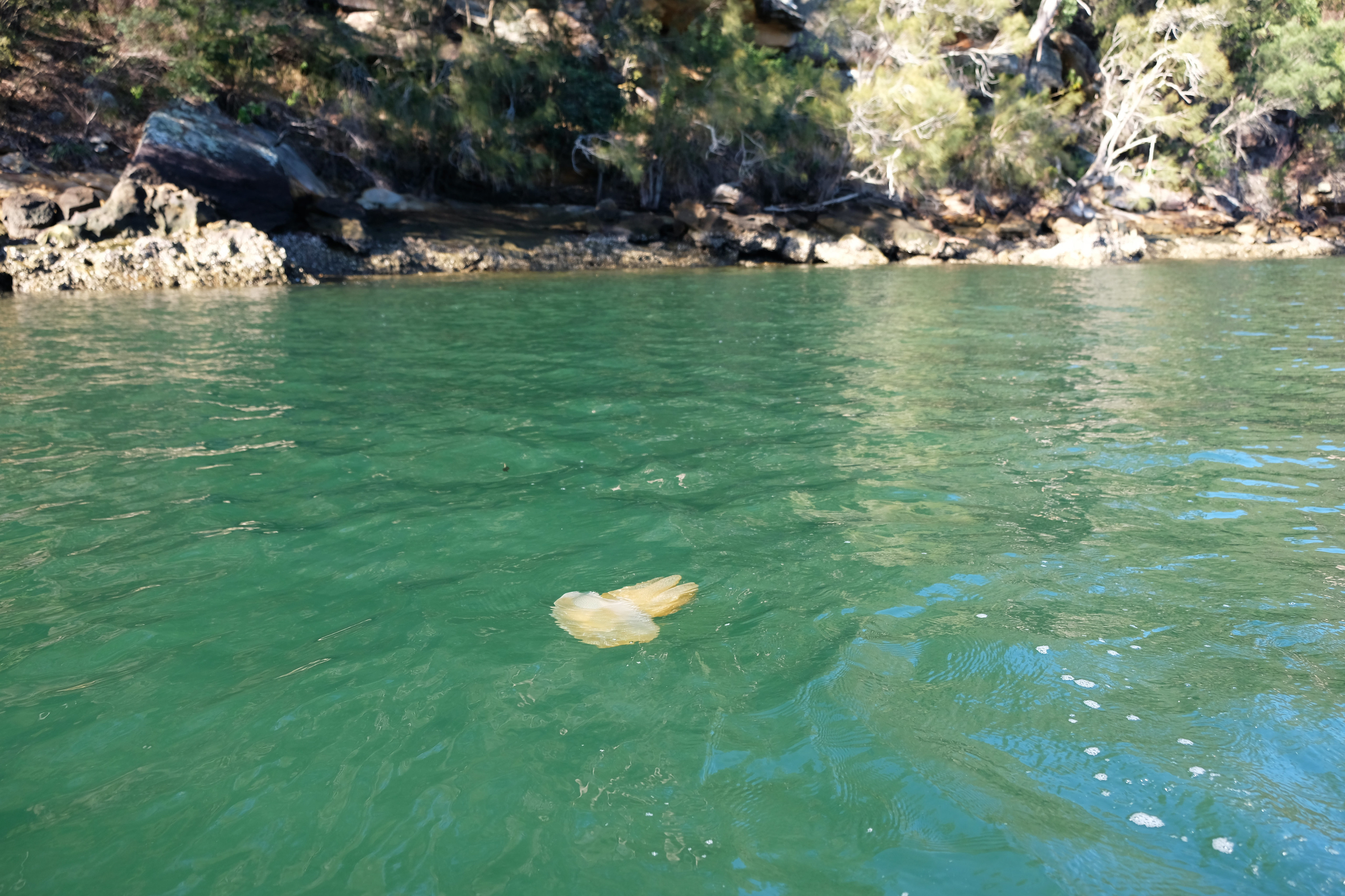



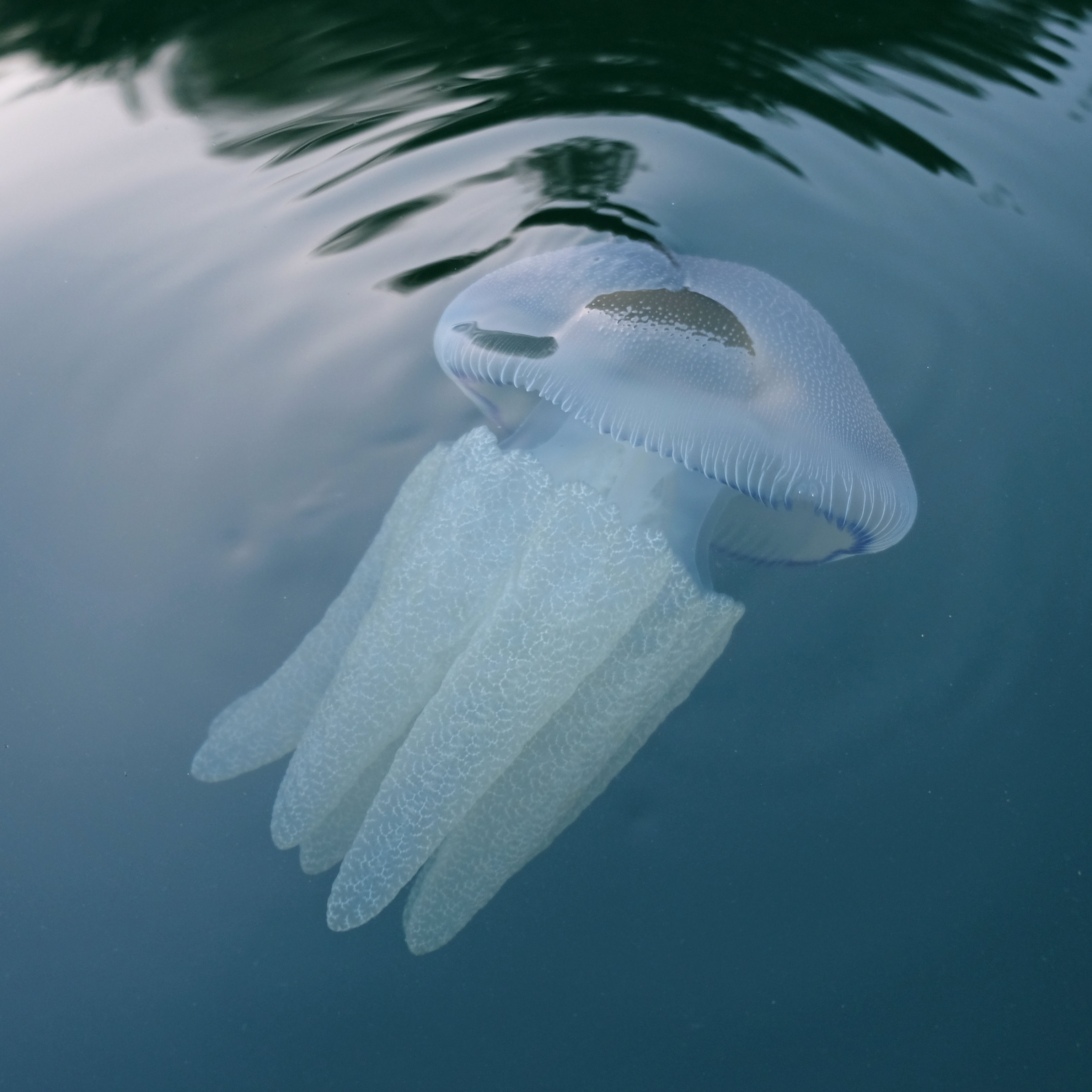
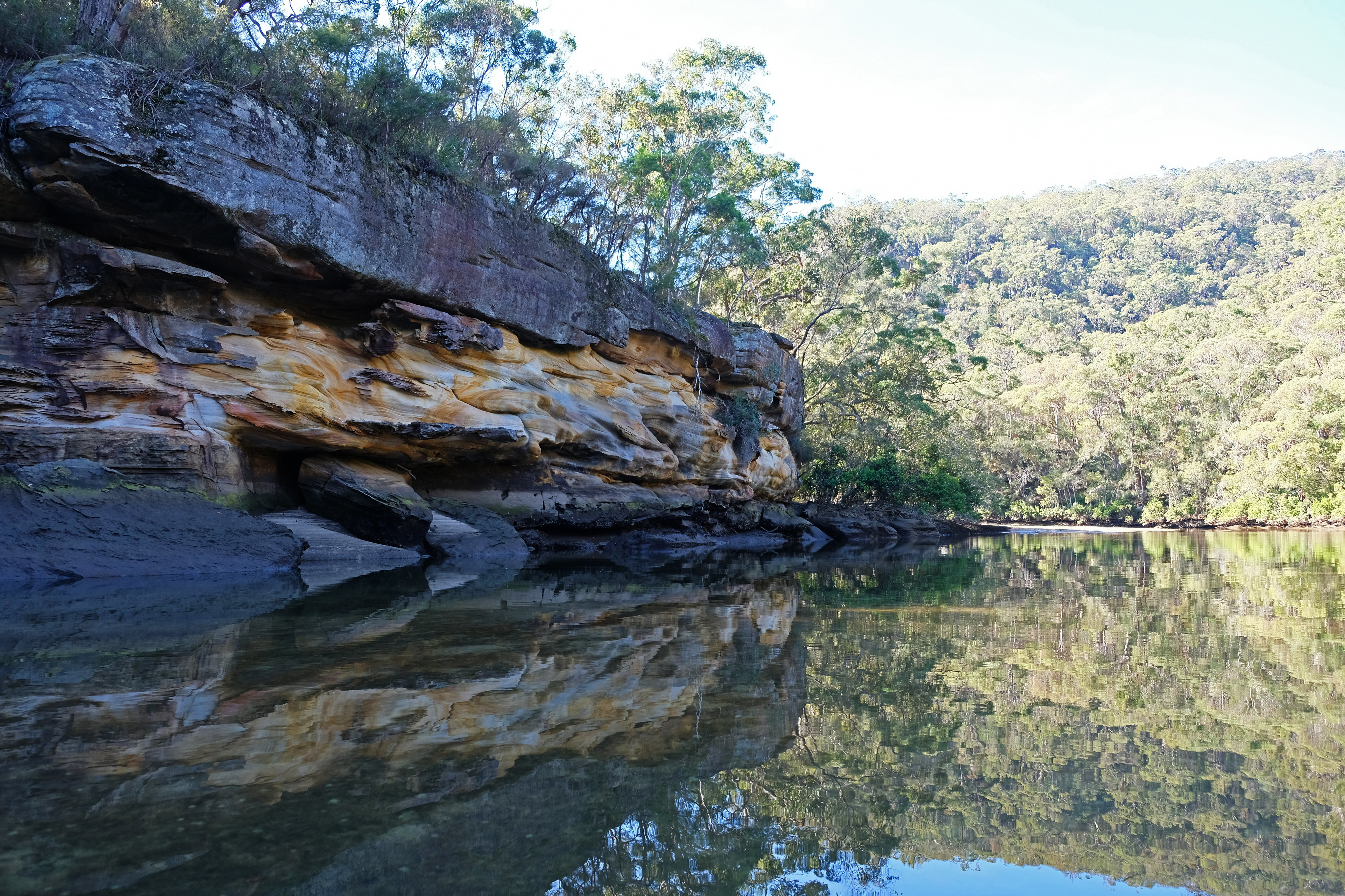

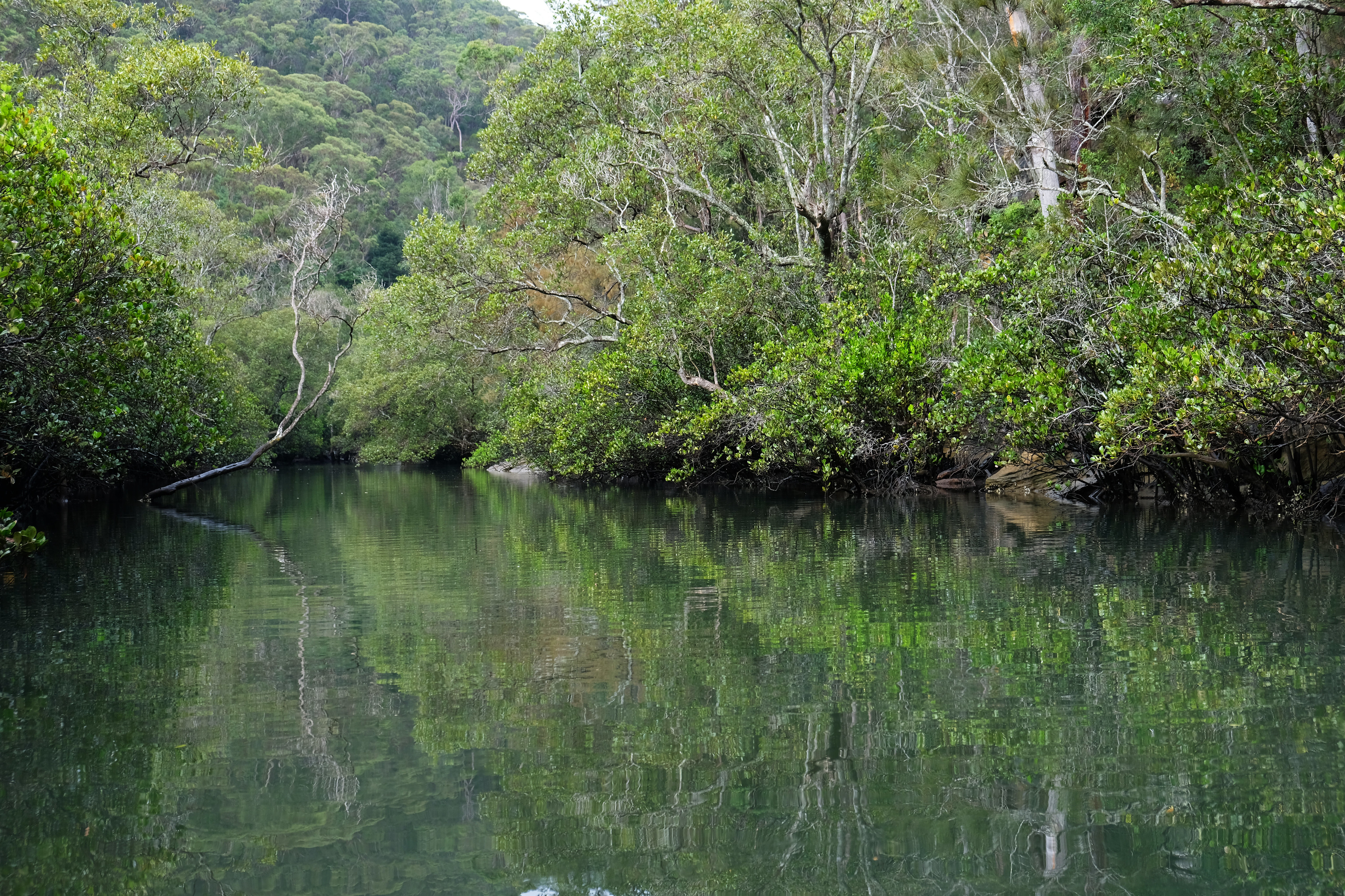
Leave a Reply